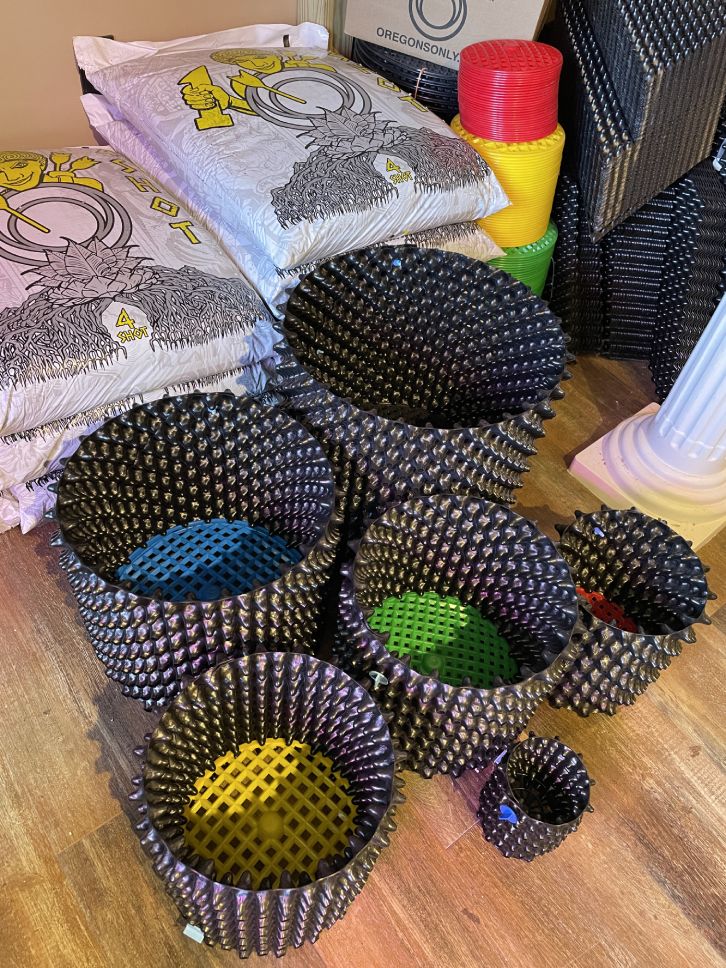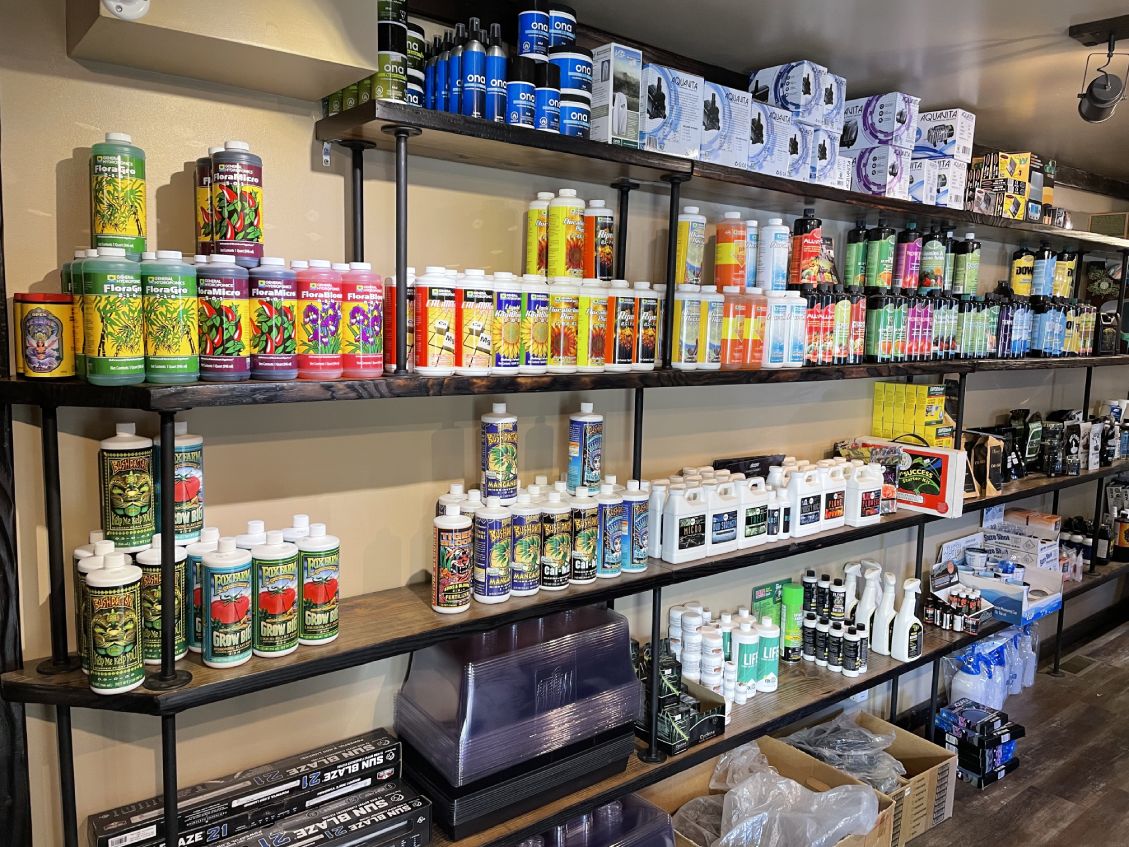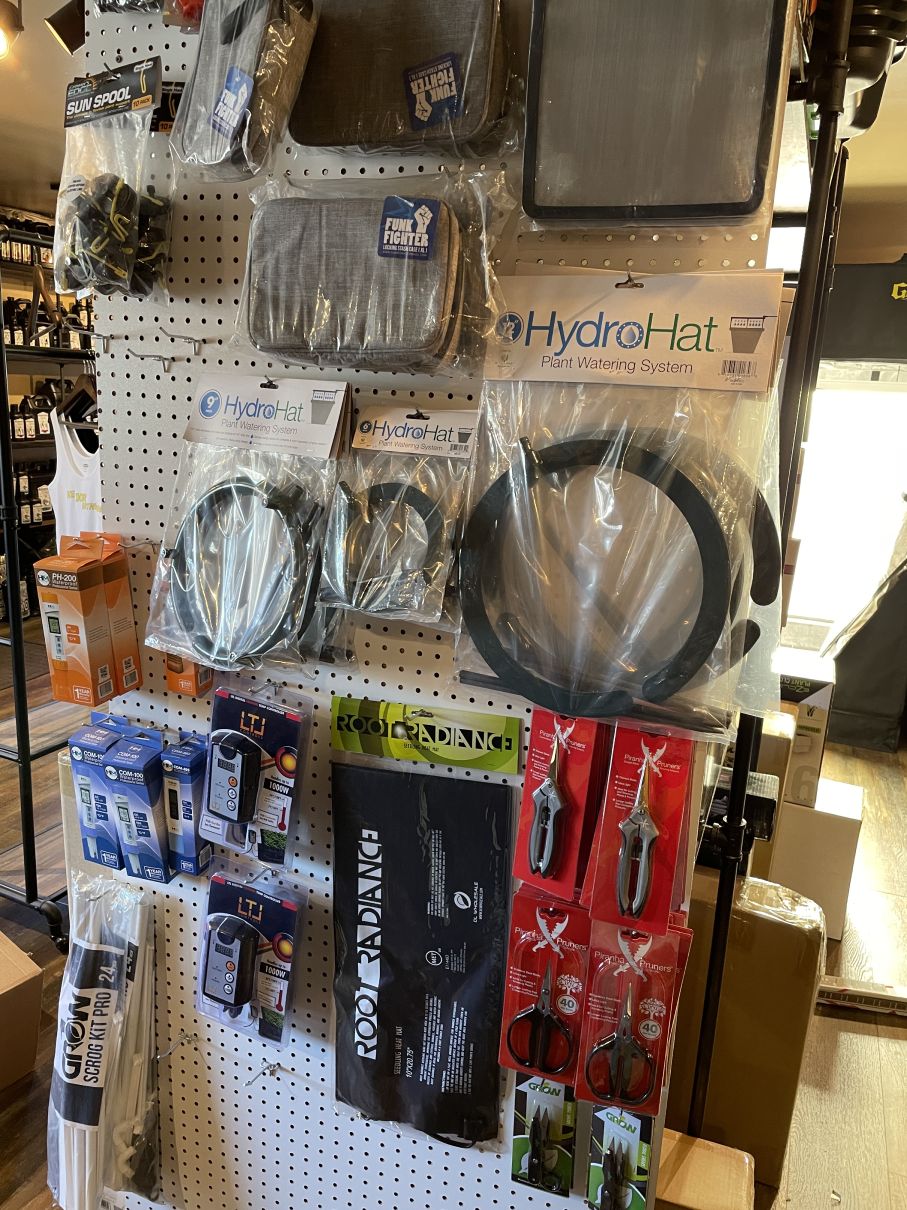Dive Into the Globe of Hydroponics: Discovering Different Kinds
Within the realm of hydroponics exists a diverse array of growing approaches that use distinct advantages for expanding plants without dirt. As we start this exploration of various hydroponic systems, we will certainly discover the intricacies of techniques like the Nutrient Film Technique (NFT), Deep Water Culture (DWC), Wick System, Ups And Downs (Flood and Drain), and Aeroponics. Each approach offers a distinctive method to supporting plants in a soil-less setting, encouraging technology and performance in the realm of modern-day farming.

The Nutrient Movie Strategy (NFT)
The Nutrient Film Strategy (NFT) is a hydroponic system that entails a continuous flow of nutrient remedy over plant origins in a slim movie to promote effective nutrient uptake. This technique makes use of a superficial stream of water which contains dissolved nutrients, allowing the plant roots to have consistent accessibility to the needed elements for development - The Indoor Earthworm. The nutrient remedy moves along the base of the channel, getting in touch with the roots and after that receding, offering a very oxygenated setting vital for origin health
Among the key benefits of the NFT system is its water performance. Given that the nutrient solution is recirculated, it calls for much less water compared to standard soil-based gardening. In addition, the regulated setting of the NFT system reduces the threat of nutrient inequalities and diseases, resulting in healthier plants. This technique requires mindful tracking of pH levels and nutrient concentrations to make certain optimum plant growth. In general, the Nutrient Movie Technique is a prominent choice among hydroponic fanatics because of its simplicity, effectiveness, and space-saving style.
Deep Water Culture (DWC)
Among the numerous hydroponic systems made use of for growing plants, Deep Water Society (DWC) attracts attention for its straightforward yet efficient style. In a DWC system, plants are placed in internet pots, permitting their roots to hang straight right into a nutrient solution. This service is oxygenated utilizing air pumps and air stones to guarantee that origins get an ample oxygen supply. The trick to success in DWC is maintaining the appropriate oxygen levels in the nutrient solution to stop root rot and promote healthy and balanced plant development.
One of the key advantages of DWC is its low maintenance needs. With fewer moving parts and no demand for a complex watering timetable, DWC is a beginner-friendly choice for those brand-new to hydroponic horticulture. Additionally, the direct accessibility to oxygen and nutrients enables plants to uptake what they need a lot more effectively, often leading to faster development prices and higher yields contrasted to conventional soil cultivation techniques. Nevertheless, regulating water temperature level and preventing algae development in the nutrient remedy are vital factors to consider when applying a DWC system.
Wick System
In hydroponic growing, the Wick System is a passive method that makes it possible for plants to draw up nutrient option via capillary activity. This system is suitable and straightforward for beginners due to its simplicity. It contains a growing tray filled up with an inert tool like perlite or vermiculite, where plants are positioned. A wick, generally made of products like cotton or nylon, prolongs from the expanding tray into a storage tank filled up with the nutrient solution. The capillary activity of the wick allows the nutrient option to relocate from the reservoir to the growing tray, guaranteeing a constant supply of nutrients to the plants' roots. One of the advantages of the Wick System is its affordable and ease of configuration. It may not be ideal for bigger plants or those with high nutrient demands, as the passive nature of the system can lead to uneven nutrition distribution. On the whole, the Wick System provides a efficient and basic method to exercise hydroponic horticulture.
Ups And Downs (Flooding and Drain)
Checking Out the Ups And Downs (Flooding and Drainpipe) system offers insight right into a vibrant hydroponic strategy that rotates in between flooding and draining the plant roots with nutrient service. This system operates by periodically flooding the plant containers with a nutrient service from a storage tank and afterwards enabling the excess option to drain back. The procedure is generally regulated by a timer to make sure normal flooding cycles, giving the origins with oxygen as the option declines.
Ups and downs systems are functional article and can fit various plant dimensions and types. They offer an excellent balance of water retention and oygenation, advertising healthy and balanced origin growth. The regular flooding aids provide nutrients directly to the origins, boosting nutrient uptake efficiency. Additionally, the ups and downs action protects against water stagnation, lowering the threat of root rot and various other water-related problems.
This method is prominent among hydroponic fanatics for its simplicity, effectiveness, and adaptability to different plant demands. With proper tracking and upkeep, the Ups and downs system can support robust plant development in a controlled hydroponic atmosphere.
Aeroponics
Making use of a high-pressure misting system, Aeroponics is a cutting-edge hydroponic technique that puts on hold plant origins in an oxygen-rich setting to promote optimum nutrient absorption and strenuous development. Unlike other hydroponic methods, which immerse roots in water or a nutrient remedy, Aeroponics provides nutrients directly to the roots via a fine mist. This mist is sprayed at regular periods, making certain that the roots obtain a continuous supply of water, oxygen, and nutrients.

Among the essential benefits of Aeroponics is its capacity to optimize nutrient uptake while decreasing water usage. By providing nutrients directly to the origins, plants can absorb them much more efficiently, leading to faster development rates and higher yields. Furthermore, the oxygen-rich setting produced by the misting system stimulates root growth and aids stop origin diseases.
Aeroponics is specifically fit for expanding leafy greens, natural herbs, and various other plants that prosper in aerated atmospheres. The Indoor Earthworm. Its reliable usage of sources and ability to promote quick development make it a prominent choice for hydroponic enthusiasts aiming to accomplish optimum results
Conclusion
To conclude, hydroponics provides a variety of ingenious methods for expanding plants without soil. From the nutrient movie technique to deep water culture, each technique has its very own advantages and challenges. By comprehending and making use of these various sorts of hydroponic systems, individuals can explore new opportunities for lasting agriculture and take full advantage of plant growth in regulated environments.
